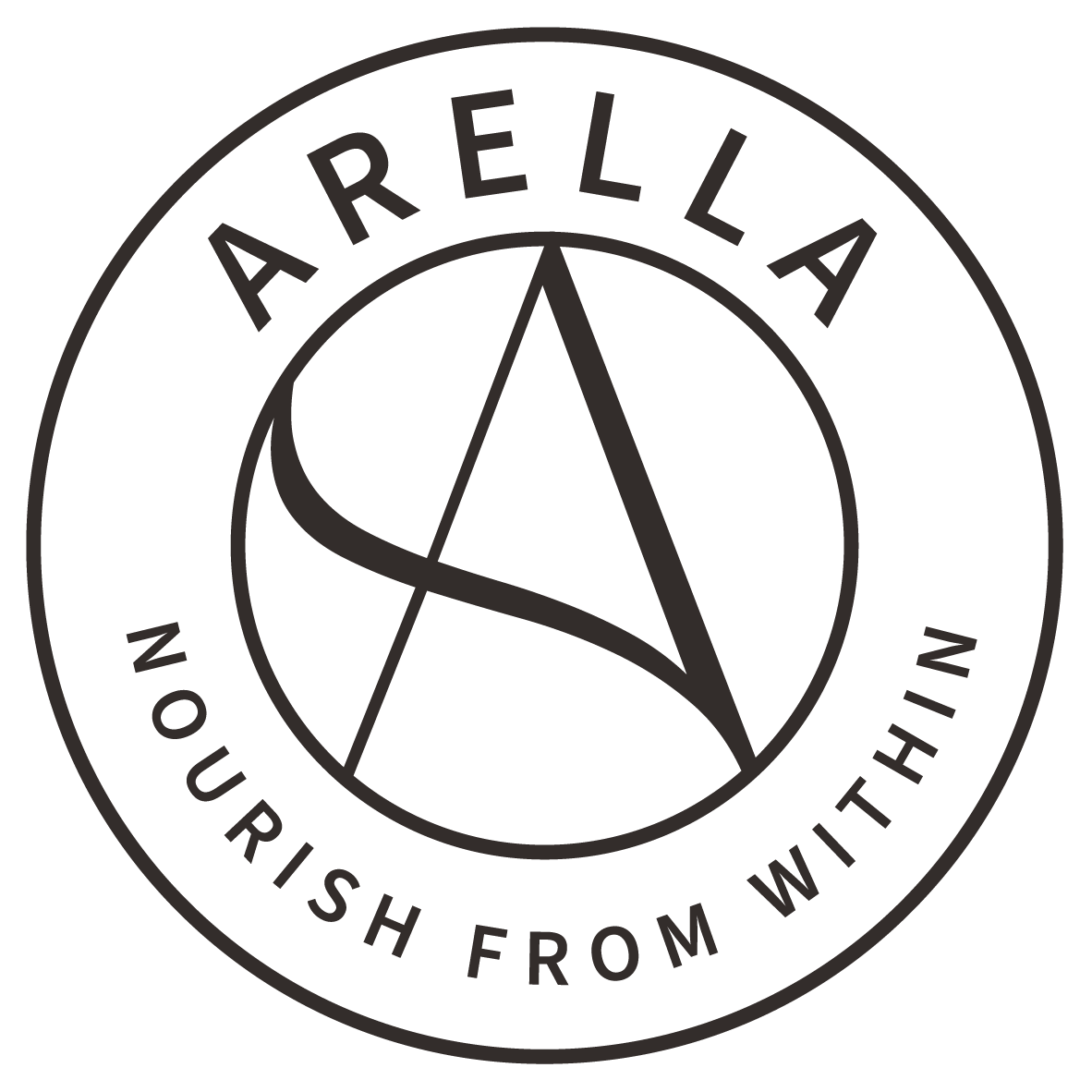The warmth of the sun can do wonders for our spirits, but it can also leave our skin feeling a little out of balance.
The effects may not always be visible straight away, but underneath the surface, UV rays can cause deeper changes to your skin’s structure and health.
In this guide, we’ll gently walk you through how to support your skin after time in the sun - from immediate aftercare to longer-term recovery.
With gentle care and nourishment, you can help your skin heal, rehydrate, and return to its natural glow.
What Happens To Skin After Sun Exposure?
The sun’s rays may feel warm and comforting, but UV radiation can damage skin cells at a deep level. Even if you don’t burn, prolonged exposure can lead to:
● Moisture loss and dehydration
● Inflammation and redness
● Disruption to the skin’s protective barrier
● Collagen breakdown
● Long-term effects like pigmentation, fine lines, and reduced elasticity
The good news is that your skin is incredibly resilient - and with the right support, it can recover and rebuild. But early intervention is important.
Caring For Your Skin After Sun Exposure
When you’ve been in the sun for a while, there are supportive steps to take to help your skin feel calm, replenished, and protected - starting with gentle, restorative care.
Step 1: Cool, Calm, and Cleanse
If you’ve been in the sun for a while - especially if your skin is flushed or tender - your first step is to cool the skin gently. This helps reduce inflammation and prevent further irritation.
● Take a cool (not cold) shower or apply a damp compress. Avoid hot water, as it can worsen inflammation.
● Use a gentle, hydrating cleanser free from exfoliants or active ingredients. Your skin barrier is already compromised, so now’s the time to focus on kindness, not correction.
● Avoid soap-based products that can strip moisture further.
This early care helps soothe the surface and prepares your skin to better absorb healing moisture.
Step 2: Rehydrate Deeply
Sun exposure draws moisture out of the skin, leaving it feeling tight, dry, and vulnerable. Rehydration is one of the most important ways to support recovery.
● Drink plenty of water throughout the day to support internal hydration.
● Apply a fragrance-free moisturiser containing humectants like hyaluronic acid, aloe vera, glycerine, or panthenol. These ingredients attract water into the skin and help lock it in.
● Apply moisturiser multiple times a day, especially if you’re peeling or feeling tightness.
If your skin is feeling hot or irritated, keep your products in the fridge for an added cooling effect.

Step 3: Soothe With Skin-Loving Ingredients
Once your skin is clean and hydrated, bring in ingredients known to calm inflammation and support healing:
● Aloe vera is a natural anti-inflammatory and hydrator.
● Colloidal oat and chamomile can help reduce redness and itching.
● Niacinamide (Vitamin B3) supports the skin barrier and calms reactive skin.
Avoid active ingredients like retinol, AHAs, BHAs, or topical vitamin C during this time. Your skin needs repair, not resurfacing.
Take a look at our tips for overcoming summer fatigue here.
Step 4: Skip the Scrubs and Let Your Skin Peel Naturally
If peeling begins, it’s a sign your body is replacing damaged skin with fresh new cells. Resist the urge to exfoliate or pick.
● Don’t scrub or exfoliate for at least a week after sun exposure.
● Avoid harsh towels or rough fabrics.
● Let peeling happen on its own, and continue moisturising regularly.
Your skin knows what to do - your job is simply to support the process.
Step 5: Give Your Skin a Break
Even once the redness has faded, your skin remains vulnerable. It’s important to minimise further sun exposure while it’s still healing.
● Stay in the shade and wear wide-brimmed hats or loose, breathable clothing.
● Use high-SPF mineral sunscreen when you need to be outdoors.
● Avoid prolonged sun exposure for a week or two after a sunburn, even if your skin looks healed.
Remember: healing isn’t just about how skin looks on the surface - it’s about restoring balance at a cellular level.
How Long Does Skin Take To Recover From Sun Damage?
Every skin is different, but general recovery timelines are:
● Mild sun exposure: skin may feel better within 24–48 hours
● Sunburn: healing can take 3–7 days for mild cases, and up to two weeks for more severe burns
● Peeling: typically begins 3–5 days after exposure and may last several more days
Deeper changes - like collagen breakdown or pigmentation shifts - may take longer to appear and resolve. That’s why long-term care is just as important as short-term soothing.
How Collagen Supports Skin Recovery

Sun exposure doesn’t just dry out the skin - it accelerates the breakdown of collagen, the structural protein that gives skin its strength, elasticity, and resilience. Over time, this can contribute to fine lines, sagging, and uneven texture.
This is where Arella Collagen can help.
Arella’s premium, plant-based collagen is powered by VeCollal®, a scientifically backed vegan alternative to Type 1 collagen - the most abundant collagen type in the skin.
By supporting collagen production from within, Arella Collagen helps:
● Rebuild skin structure
● Improve elasticity and firmness
● Support hydration and repair
● Strengthen skin resilience over time
Taking Arella Collagen daily gives your body the nutrients it needs to rebuild from within - especially during times of increased skin stress, like after sun exposure.
Adding Antioxidant & Skin-Balance Support
While supporting collagen is essential, sun stress also causes free radical damage and inflammation.
This is where Arella’s Skin Gummies can complement your recovery routine. Formulated with sea buckthorn, vitamin C, vitamin E, zinc, and plant extracts, they provide antioxidant and skin-balancing support from within.
Taken daily, they assist your body in restoring glow, clarity, and resilience after UV exposure.
A Gentle Reminder: Prevention Still Matters

While we’re here to support healing, the best approach is always to protect your skin before damage occurs.
● Apply sunscreen daily, even on cloudy days
● Reapply every two hours when outdoors
● Wear protective clothing and sunglasses
● Seek shade during peak UV hours (11am–3pm)
Sun care isn’t about restriction - it’s about respecting your skin and giving it the tools to thrive.
Final Thoughts

Sun exposure is a part of everyday life - and sometimes, even the most careful of us end up with a little too much. What matters most is how you respond.
By treating your skin gently, replenishing moisture, avoiding irritants, and supporting collagen production from within, you give your body what it needs to bounce back stronger.
Your skin is doing its best to protect you every day. A little post-sun care is a beautiful way to return the favor - with patience, hydration, and care.
Support your skin from within with Arella Collagen - your daily ritual for strength, hydration, and resilience.
And if you’re looking for additional internal support, our Skin Gummies are now available as a companion to your post-sun skincare.
FAQs
How do you repair skin after sun exposure?
Focus on hydration, gentle cooling, and barrier repair. Use fragrance-free moisturisers and soothing ingredients like aloe vera and oat extract. Support deeper repair with collagen supplements and good nutrition.
How long does it take skin to recover after sun?
Mild sun exposure can resolve in a couple of days, while burns can take up to two weeks. Collagen loss and pigmentation may take longer to correct, depending on your skin’s healing ability.
Can collagen help sun-damaged skin?
Yes. Collagen helps rebuild the skin’s structure, supports elasticity, and can improve texture and hydration. Arella Collagen uses VeCollal® to stimulate natural collagen production, making it a valuable part of your recovery routine.
Should I exfoliate sunburned or peeling skin?
No. Avoid exfoliating until your skin has fully healed. Let it peel naturally, and focus instead on hydration and soothing ingredients.
Can I still wear makeup after sunburn?
It’s best to skip makeup for a few days to allow your skin to breathe. If you need to wear it, choose lightweight, non-comedogenic, and hydrating formulas - and always apply sunscreen underneath.






